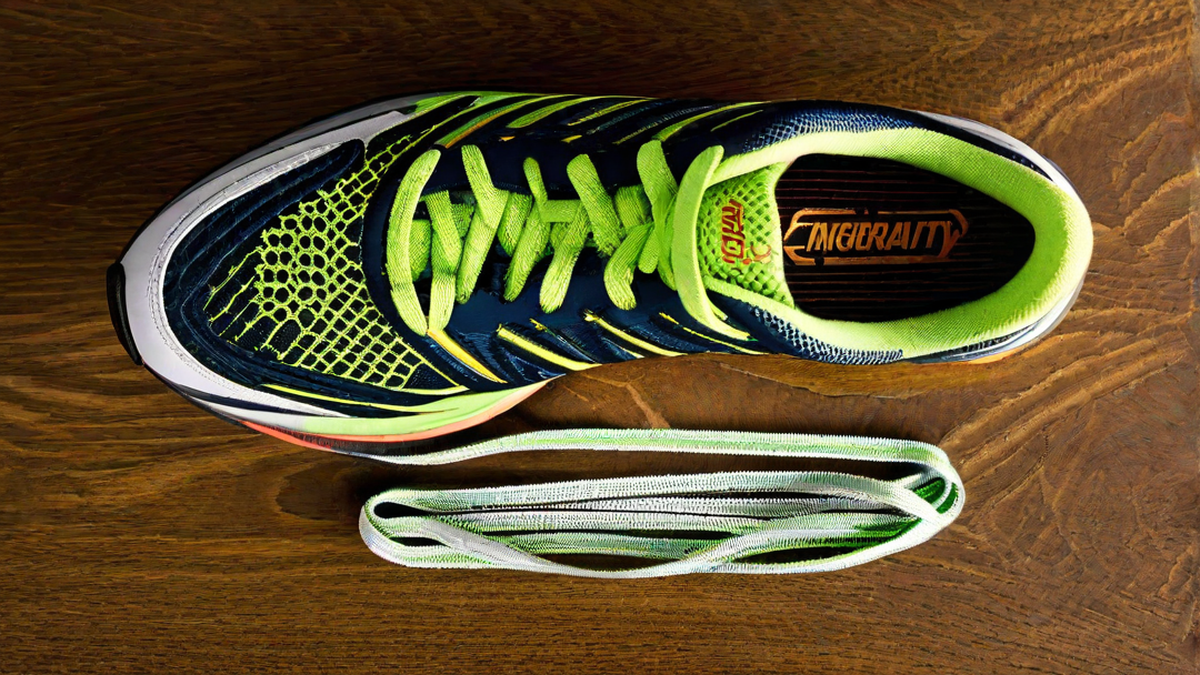When it comes to running, one of the most common issues that runners face is numb toes. It can be incredibly frustrating and even painful to experience this sensation while out on a run. However, the good news is that there are ways to alleviate this problem and improve your overall running experience. In this article, I will guide you through how to lace your running shoes to help prevent numbness in your toes.
Firstly, it’s important to understand why numb toes occur while running. The main culprit is often tight lacing, which restricts blood flow to the toes. By adjusting how you lace your shoes, you can create more space and allow for proper circulation.
One method that I have found to be effective is called the “Runner’s Loop” technique. To begin, insert your foot into the shoe and leave the last two eyelets empty. Then, take the lace on the side closest to your big toe and thread it through the eyelet on the opposite side. Repeat this on the other side, crossing the lace over to create an “X” pattern. This creates a loop on each side.
Next, take the lace from the loop on the outside of the shoe and thread it through the next empty eyelet towards the ankle. Repeat this step on the other side. By doing this, you are creating a diagonal tension that helps to relieve pressure on the top of the foot and allow for better circulation.
Continuing upwards, repeat the process of threading the lace through the remaining eyelets, always crossing over to create the “X” pattern. Make sure to keep the tension even throughout the lacing process, neither too loose nor too tight.
Once you have reached the top eyelet, tie your shoelaces as you normally would. It’s important to find the right balance between a snug fit and allowing for adequate movement of the toes. You don’t want your shoes to be too loose or too tight.
Another technique that can help with numb toes is the “Parallel Lacing” method. This method involves lacing your shoes in a parallel pattern, rather than the traditional crisscross. To do this, start by inserting your foot into the shoe and leave the first three eyelets empty. Then, begin lacing the shoe by threading the lace straight across from one side to the other, skipping one eyelet each time. This creates a parallel pattern that allows for more space and less pressure on the toes.
As with the Runner’s Loop technique, continue lacing the shoe in this parallel pattern until you reach the top eyelet. Tie your shoelaces securely, ensuring a comfortable fit.
It’s worth mentioning that finding the right lacing technique may require some trial and error. Everyone’s feet are different, so what works for one person may not work for another. I encourage you to experiment with different lacing techniques to find the one that works best for you.
In conclusion, numb toes while running can be a frustrating issue, but with the right lacing techniques, you can alleviate this problem. Whether you choose to use the Runner’s Loop or Parallel Lacing method, remember to find a balance between a snug fit and allowing for proper circulation. Happy running!

